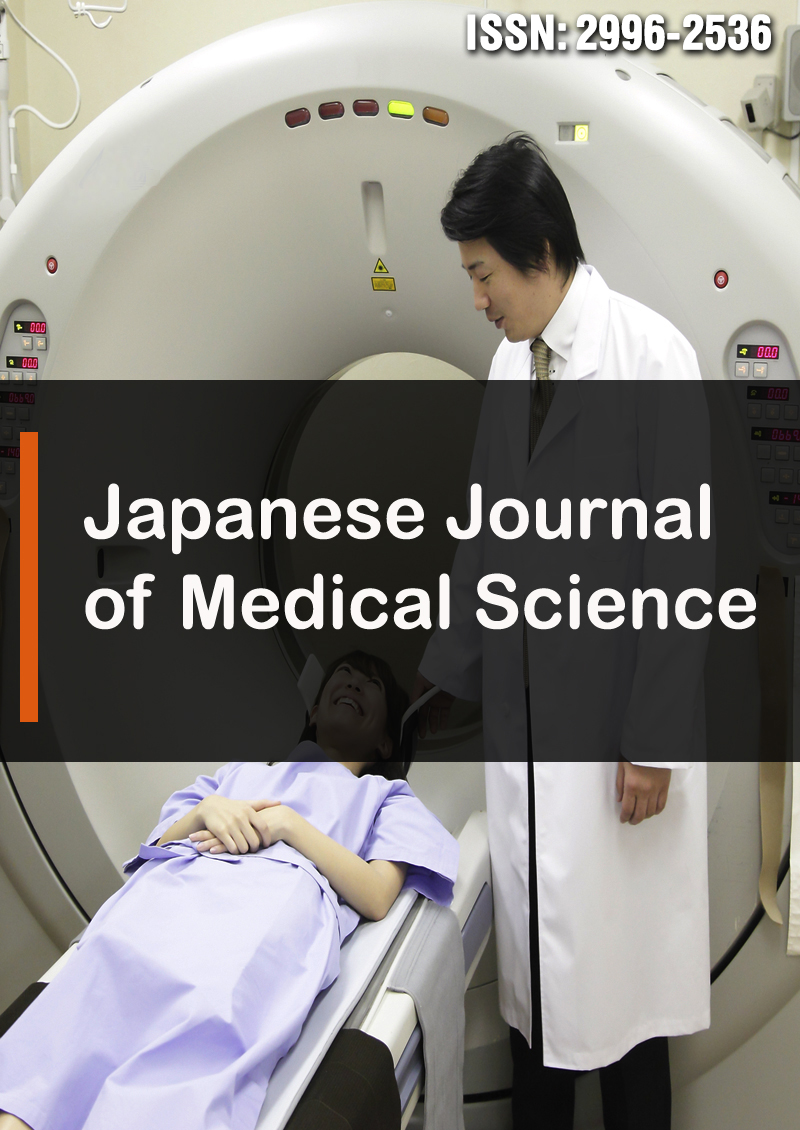Age Prevalence and Management of Breast Fibroadenoma At a Nigerian Tertiary Hospital: A Five Year (2016-2020) Analytical Review
Abstract
Anaziah Grace Ogochukwu, Gideon Bolaji and Ihekunna Micheal Ndidi
Background: Fibroadenomas are one of the most common benign tumors of the breast in women between 18-39 years of age. In the adolescent population, the overall incidence of fibroadenoma is 2.2% and accounts for 68% of all breast masses. It feels like a smooth lump in the breast. It is painless and moves easily when touched.
Method: Following the consecutive percutaneous needle or excision surgical biopsy all breast masses were grossed and processed according to the standard histological tissue processing techniques. 241 of 1038 breast tissues were diagnosed of fibroadenoma in the Nigerian tertiary hospital.
Result: Out of 82% of histology specimen received for the period of five years, 13% were excised breast masses and 5% was confirmed positive for fibroadenoma. Out of this 5% of positive cases from 2016 to 2020, there was a slight and irregular interval of 1-4% increase each year. The prevalence of fibroadenoma was mostly seen in youths of ages 18- 39 years having 75%, followed by adolescence of ages <18 years with 22% and lastly older adults of ages 40-59 years with 3%. The cause of this prevalence is not confirmed but with the current view of fibroadenoma cases in this study it can be predicted that there might be subsequent increase of cases in of this specific age group in the future. The slight annual increase indicates that breast fibroadenoma across the varying age groups underwent varying degrees of somatic mutations and harbored mutations in the exon (exon 2) of the mediator complex subunit 12 (MED12) gene of the stromal cells of the breast which led to the excessive proliferation.
Conclusion: The data presented showed high prevalence of fibroadenoma cases in ages 18-39 annually which indicates that these individuals in this age group experienced rapid instability of the estrogen or progesterone hormone either due to childbearing, abortion, or genetic hormonal abnormalities. This suggests that there might be increased rates of abortion occurring among this age group in Nigeria or lack of proper postnatal care in Nigeria tertiary hospitals. More clinical investigations need to be carried out to confirm these suspected reasons in Nigeria.



